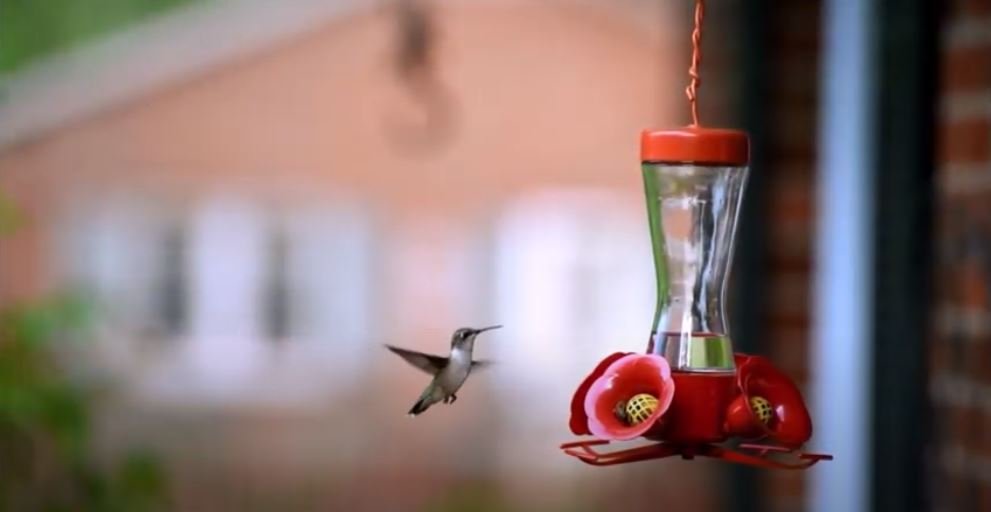For the next 4 weeks we will be experiencing peak hummingbird activity at our feeders. Now it is crucial that your nectar is fresh and your feeders are clean for best results and for the safety of the hummingbirds. Our summer resident hummers are likely done nesting and youngsters are now coming to and beginning to understand feeders.
Already we are probably seeing some hummingbirds that have been north of us this summer beginning to move through TN visiting feeders as well.
If you have given up on hummingbirds because you did not see any activity earlier in the summer it’s time to give your feeder a good cleaning and make some fresh nectar. Please remember the nectar formula is one part sugar to 4 parts water and is only good in the feeder for up to 3 days. This is the time that hummingbirds are most interested in your feeders and are packing on as much weight as possible before making their long journey back to Central and South America.
Obviously, we hear lots of customer feedback about hummingbirds. It’s interesting to note that every year many of you will report either more or less hummingbirds. Why the discrepancy from year to year? It could be for several reasons. More hummingbirds could be the result of a few successful breeding years in a row in your area. Less could be from a few down years of nesting, or birds that would have been around your yard did not successfully make the long migration. A lot can happen to birds, especially tiny hummers, in a journey that long which punctuates the miracle of migration and the fact that so many are successful.
I am seeing fewer hummingbirds than usual for August and have recently realized why. Where I have traditionally offered most of my feeders there are as many as four adult males guarding and fighting. Typically, I would be seeing lots of juveniles and females feeding together but the males won’t allow. Just this morning I witnessed one of these males relentlessly chasing a Titmouse that had landed to close to its favorite lookout spot. Adult males usually migrate earlier than the others so I’m hoping a few of these feisty, selfish guys will depart allowing for more hummers to visit.
To learn more about Ruby-throated Hummingbirds visit the Warner Park Nature Center next Saturday the 27th for their annual Hummingbird Celebration. There will be activities for kids with opportunities to learn more about these fascinating diminutive dynamos. Warner Park staff will also be trapping and banding hummingbirds while explaining the valuable data they are collecting for research. See hummingbirds up close. Click here for more info on the event!
American Goldfinches in August and September
If you saw a sudden departure of Goldfinches last month it was probably because July is when they go to nest. It’s normal for some of you to experience this while some of you will see an influx of Goldfinches, perhaps because you are near prime nesting habitat that attracts many nesting pairs. That habitat tends to be more open and adjacent to weedy fields and meadows where there is a lot of nesting material and ample food. Goldfinches will build their nest high in shrubs or small tress overlooking open space as opposed to forest interior. It is a nest comprised of plant fiber and down, lashed together with spider silk, sometimes woven so tight the nest will hold water. It will measure about 3” across. This tight little nest can sometimes backfire should a heavy rain fall on newly hatched chicks.
Goldfinches will have 1-2 broods with 2-7 eggs per. The number of eggs is likely determined by the availability of food sources present. Because Goldfinches are exclusively seed eaters explains why they nest much later than other birds. Plants are going to seed when they begin nesting.
Juvenile American Goldfinch
Recently, I have been seeing young Goldfinches around my yard but not so much at my feeders. Pulling in my driveway at the end of the day where there is a big patch of Black-eyed Susan 10 to 20 Goldfinches will take flight. When plants like Black-eyed Susan, Coneflower, sunflower, and zinnias are available Goldfinches will show a preference for these more natural food sources. It is just in their DNA to gravitate to the “natural”.



